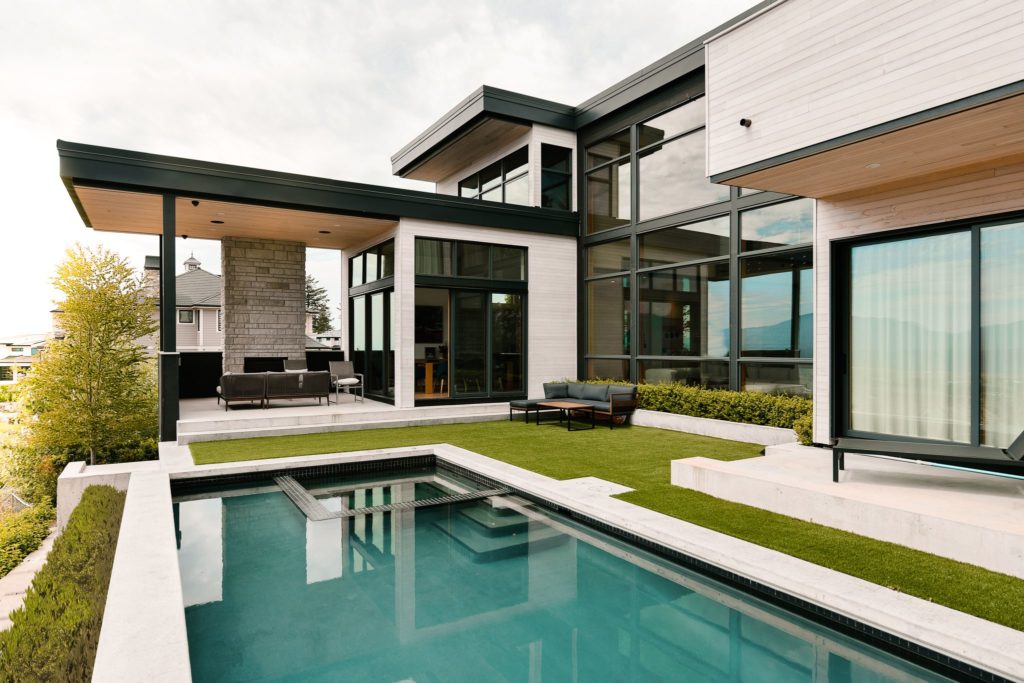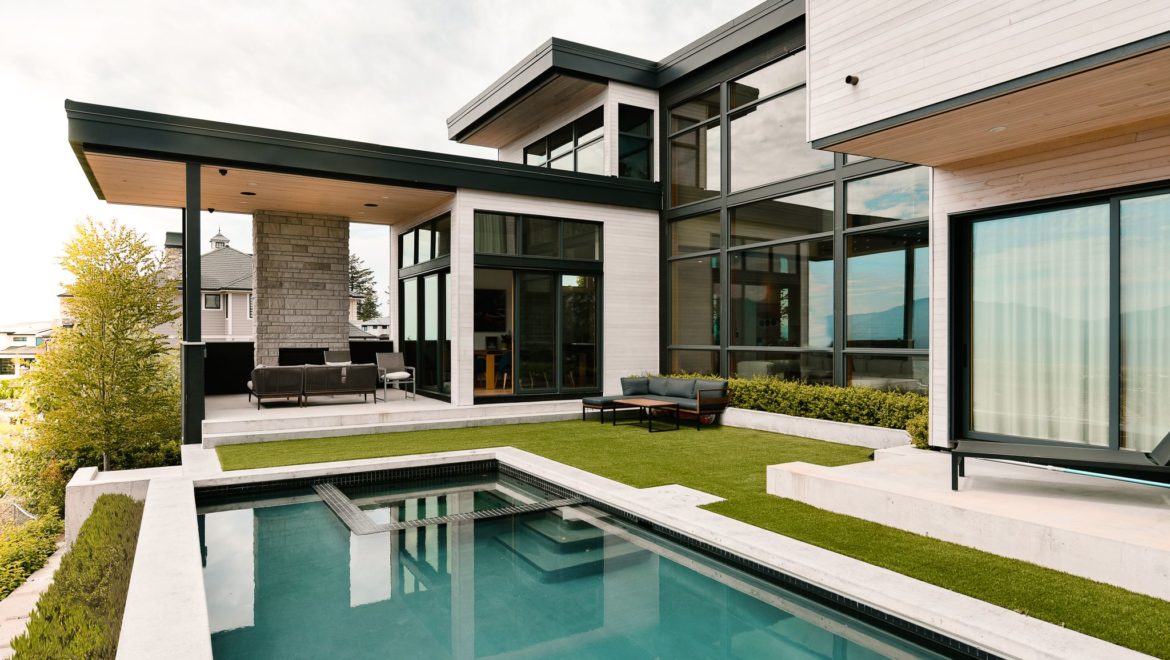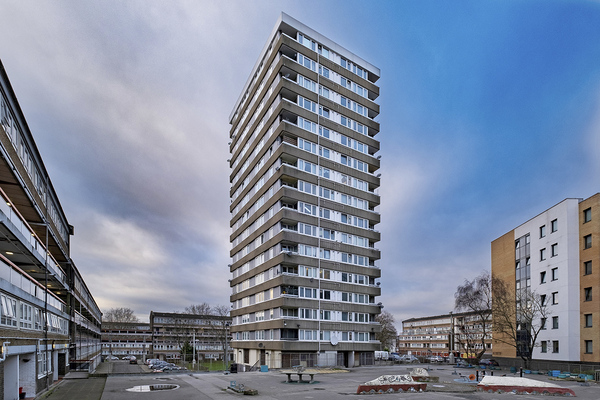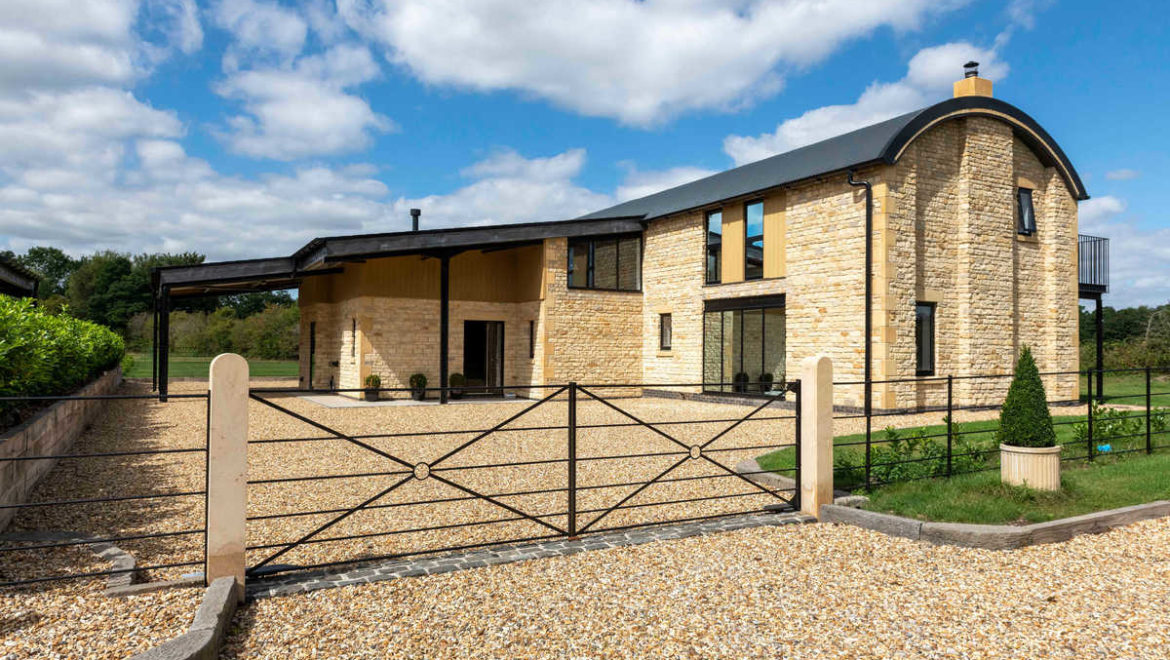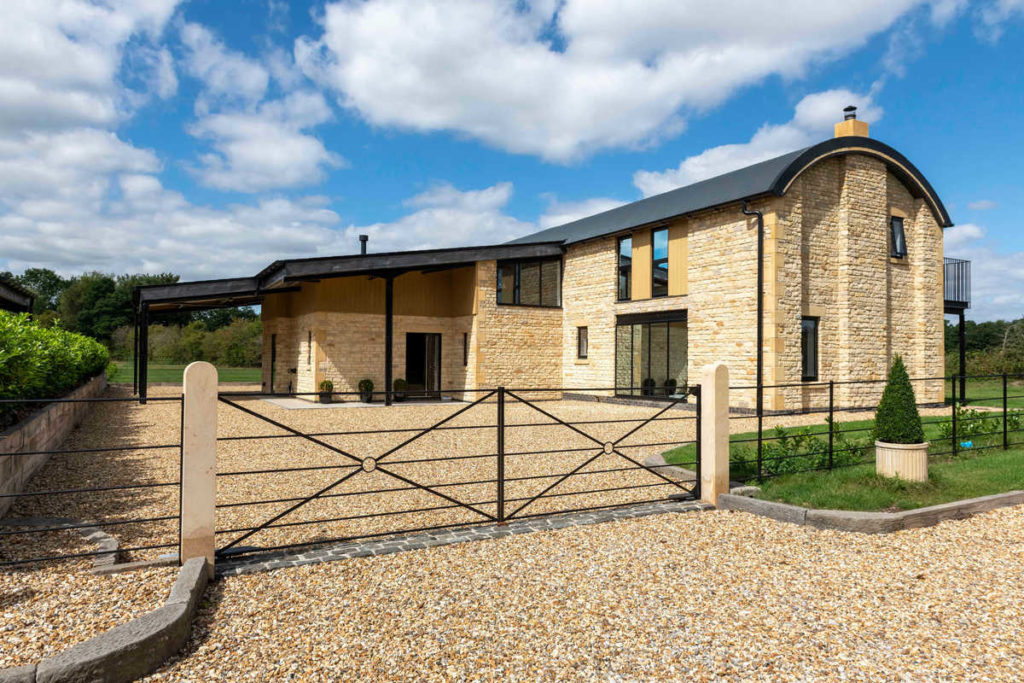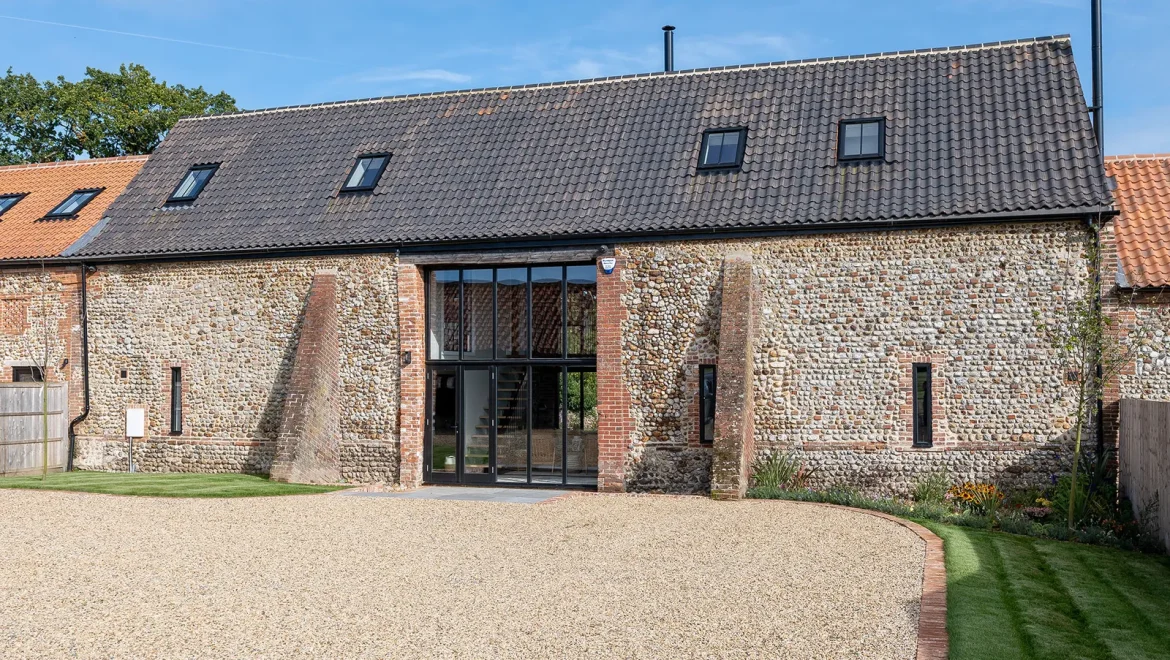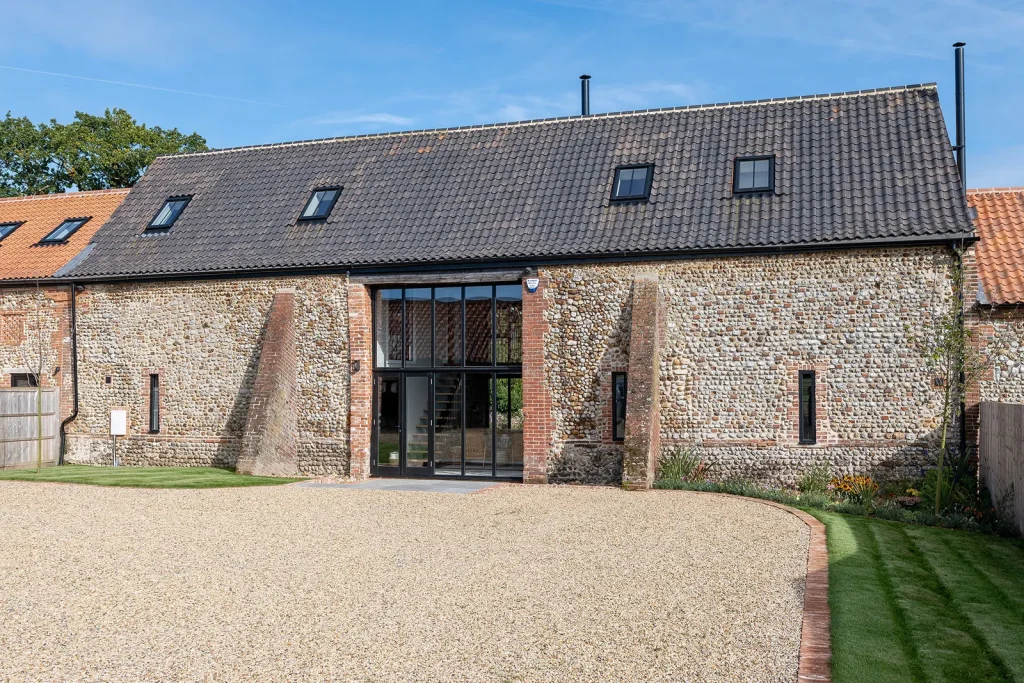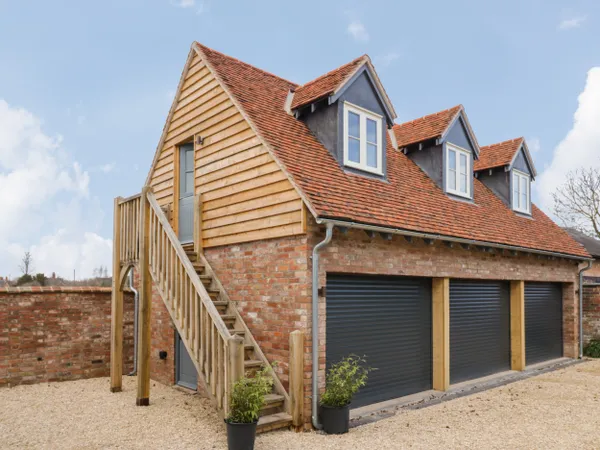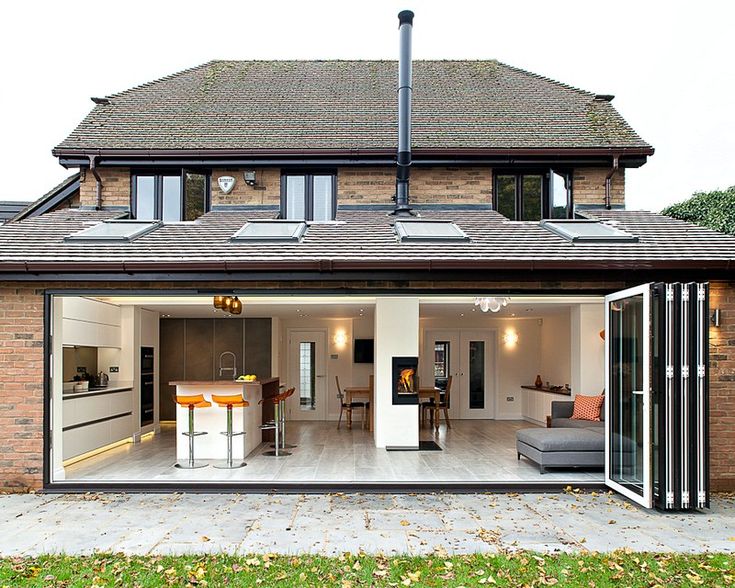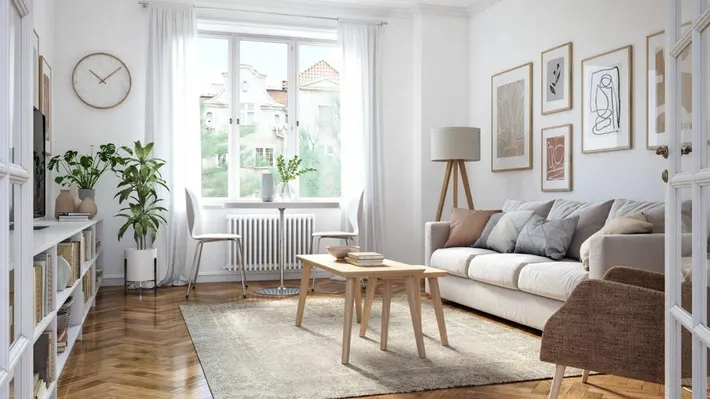Unveiling Architectural Wonders: Answering Common Questions
Welcome to the world of architecture, where creativity meets functionality, and innovation shapes our built environment. As people explore the realms of architecture, numerous questions often arise. In this blog, we aim to unravel the mysteries, demystify the terminology, and provide insightful answers to common questions that pique the curiosity of both enthusiasts and novices alike.
What is Architecture, Really?
- Architecture is more than just buildings; it’s the art and science of designing spaces that evoke emotions and serve practical purposes. It involves a blend of aesthetics, functionality, and sustainability.
Architectural Styles: From Classic to Contemporary
- Delve into the diverse world of architectural styles, from classical orders like Doric and Ionic to modern movements such as Brutalism and Minimalism. Learn how each style reflects its era’s values and aspirations.
The Role of an Architect: Beyond Drawing Blueprints
- Architects are not just draftsmen; they’re visionaries who balance form and function. Explore the multifaceted role of architects, from initial concept creation to project management and client collaboration.
Green Architecture: Designing for a Sustainable Future
- With environmental concerns at the forefront, discover how architects integrate sustainable practices into their designs. Explore green building materials, energy-efficient systems, and the principles of eco-friendly architecture.
Smart Buildings: The Integration of Technology
- Modern architecture goes beyond aesthetics, incorporating cutting-edge technology for smarter, more efficient buildings. Learn about the role of IoT (Internet of Things), automation, and data analytics in shaping the future of architecture.
Architectural Challenges: Overcoming Constraints
- Architects face various challenges, from budget constraints to zoning regulations. Explore how architects navigate these hurdles, turning constraints into opportunities for innovative design solutions.
The Impact of Culture on Architecture
- Architecture is deeply influenced by culture and societal values. Examine how different cultures contribute to architectural diversity, from traditional buildings rooted in history to contemporary structures that push boundaries.
Architectural Education: Nurturing Future Designers
- What does it take to become an architect? Uncover the educational journey, from architectural school to licensure. Understand the importance of continuous learning and staying abreast of evolving design trends.
Iconic Architectural Marvels: Lessons from Landmarks
- Explore famous landmarks worldwide and extract lessons from their design and construction. From the Eiffel Tower to the Sydney Opera House, understand the stories behind these architectural marvels.
The Future of Architecture: Trends and Predictions
- Peek into the crystal ball and explore emerging trends in architecture. From parametric design to 3D printing, discover how technology is reshaping the future of the built environment.
Conclusion: Architecture is a dynamic field that constantly evolves, responding to societal, technological, and environmental changes. By addressing common questions and shedding light on various aspects of architecture, we hope to inspire a deeper appreciation for the art and science of designing spaces that shape our world. As you embark on this architectural journey, may you find inspiration in the beauty and functionality that architecture brings to our lives.
